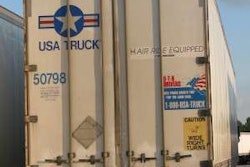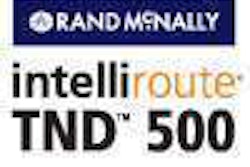Eaton Corp. announced a new hybrid retrofit program for refuse vehicles specific to independent service and repair facilities during this week’s Heavy Duty Aftermarket Week in Las Vegas, Nev.
The Refuse Retrofit Program will include a complete-kit solution, training and certification for aftermarket repair facilities to install Eaton’s Hydraulic Launch Assist (HLA) system on Mack LE and MR low-cab-forward refuse collection vehicles. HLA technology is suited for start-and-stop applications such as refuse collection as it uses the vehicle’s braking power to accelerate and slow the vehicle, supplementing the traditional powertrain.
“By retrofitting existing trucks, Eaton is giving our customers a ‘best-of-both-worlds’ scenario,” says Seth Deutsch, Eaton’s manager of Hybrid Market Planning. “Until now, our refuse market customers in North America have been frustrated in their efforts to improve fuel efficiency and reduce emissions in fleets of newer trucks with many years of service left in them. They have been asking for a hybrid solution that does not require the purchase of a new truck, and we’re pleased to deliver the retrofit option.”
According to Robert Golin, business development manager of Eaton’s Vehicle Group, Hybrid Power Systems, the retrofit process typically takes eight to 12 service labor hours. The parts needed for the retrofit will be available in a single kit and can be ordered with a single part number, simplifying the process.
Different kits will be available to accommodate different vehicle specifications and body configurations. The Refuse Retrofit Program will be offered through select qualified partners and installers, and the company currently is seeking partners for the program.
The Eaton HLA system is a parallel hybrid system in which the conventional powertrain is supplemented by the addition of the hydraulic system that propels the truck forward and helps slow it down. Eaton says the system can provide a 20 to 30 percent improvement in fuel economy, longer brake life and increased productivity.
Regarding the latter, Golin noted that bin-to-bin stops can be up to 20 percent faster for vehicles using HLA. Golin also noted these benefits can result in cost savings that will cover the cost of the system within three years.











